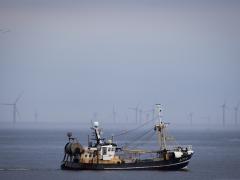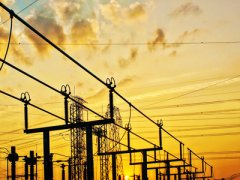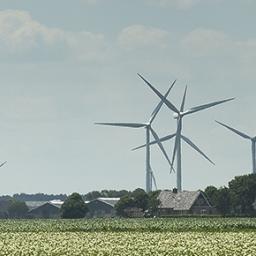Large areas around the world are under pressure from land degradation
A study by PBL Netherlands Environmental Assessment Agency shows that land degradation is a global problem. This is especially risky in vulnerable drylands where the population is growing much faster than elsewhere and land and water will become scarce. In a number of future scenarios, the study outlines how pressures on land will increase, worldwide, due to a growing demand for land for food, wood, bio-energy and urbanisation. These pressures will also be intensified due to land degradation and climate change. This poses large challenges, particularly for regions in Africa, the Middle East and South Asia.
The PBL study on land use and land degradation was carried out at the request of the United Nations Convention to Combat Desertification (UNCCD, which was established to combat land degradation, desertification and drought. The Convention addresses the improvement of living conditions of people in drylands and the restoration of degraded land and soils. The PBL study is a central component of the Global Land Outlook that will be published in China in September.
Future scenarios
The study consists of various scenarios that outline where future changes are likely to take place. These scenarios show that the demand for products that require land will increase by 30% to 80%, by 2050. This increase in product demand implies an expansion of agriculture and livestock areas of around 4 million km2, under the ‘middle-of-the-road’ scenario, and 8 million km2 under the most challenging scenario.
Moreover, the most suitable lands are often already in use, which means that agriculture will increasingly expand onto less-fertile land. Much of this agricultural expansion is expected to take place in tropical regions, where the risks of land degradation are greater.
The study provides new insights, as, to date, the extent of the future threat of land degradation was unclear. Current forms of land management, worldwide, are leading to at least 9 million km2 of degraded land, over half of which is agricultural land, representing 12% of all agricultural land, globally. In Sub-Saharan Africa, land degradation covers 20% of the surface area. This is having its consequences for agricultural production, water management, and carbon storage in soils and plants. In other regions, additional amounts of land will have to be put to agricultural use, to compensate for production losses.Current trends may require a farmland expansion of 5%, by 2050 — in addition to the expected 10% expansion to meet the increasing demand for food, meat, wood and biomass.
Explosive population growth in the most vulnerable areas
A further complication is that of the projected increase in population in vulnerable drylands, by around 40% to 50% by 2050, which is a much more rapid increase than the 25% in non-drylands. This particularly concerns parts of Africa and South Asia. These drylands are inherently vulnerable to land degradation, often face water shortages and lack fertile soil.
Increasing pressures on land, particularly due to agriculture, lead to conflict, as livestock farmers have ever fewer alternatives during dry seasons. In the future, the effects of climate change, such as prolonged dry spells occurring more often, thus will affect more people than is currently the case.
The study distinguishes 10 regions around the world; three of which are estimated to be the most vulnerable to increasing pressure on land and water and its consequences. These regions are Sub-Saharan Africa, Northern Africa and the Middle East, and South Asia. The question is how, in these regions, the rapidly growing population will deal with the limited availability of land, decline in soil fertility, and water scarcity.




